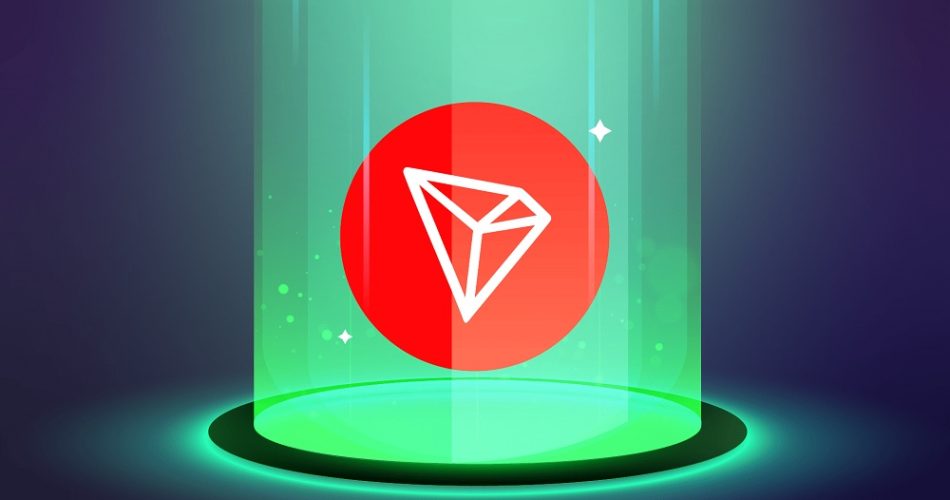In the ever-evolving landscape of cryptocurrencies, Tron (TRX) stands out as a prominent player, garnering attention for its ambitious vision to democratize the internet of entertainment and empower content creators. Examining Tron from a financial expert’s perspective, we delve into its current state, strengths, weaknesses, and the factors shaping its future trajectory.
Current State: A Promising Platform with Notable Achievements
Currently, Tron sits comfortably among the top 15 cryptocurrencies by market capitalization, boasting a valuation of around $7.5 billion. Its native token, TRX, has demonstrated resilience, trading around $0.04, showcasing a degree of stability amidst the volatile crypto market.
Strengths: A Winning Formula for Achieving Scalability and Accessibility
Tron’s key strengths lie in its scalability, affordability, and speed. Powered by a delegated proof-of-stake (DPoS) consensus mechanism, the Tron network can handle a remarkable 2,000 transactions per second, significantly surpassing the capabilities of some other blockchains.
This high throughput translates into lower transaction fees, making Tron an attractive platform for both users and developers. Moreover, Tron transactions are processed swiftly, ensuring seamless user experiences and catering to real-world applications.
Weaknesses: Addressing Centralization Concerns and Enhancing Security
Despite its strengths, Tron is not without its weaknesses. Critics often point to its relative centralization, which raises concerns about potential censorship and manipulation. Additionally, Tron has faced security breaches in the past, highlighting the need for robust security measures.
Competition: Navigating the Landscape of Blockchain Platforms
Tron faces stiff competition from other blockchain platforms, particularly Ethereum and EOS, which are also vying for dominance in the decentralized applications (DApps) arena. Each platform has its own strengths and weaknesses, making the choice dependent on specific use cases and preferences.
Tron is most often compared to Ethereum and EOS, two other popular blockchain platforms that are also focused on decentralized applications (DApps). Here is a table that summarizes some of the key differences between the three platforms:
| Feature | Tron | Ethereum | EOS |
|---|---|---|---|
| Consensus mechanism | DPoS | PoW | DPoS |
| Scalability | Very high | High | Moderate |
| Fees | Very low | Low | Moderate |
| Speed | Very fast | Fast | Fast |
| Centralization | Relatively centralized | Decentralized | Relatively centralized |
Assessing the Future: A Path Paved with Opportunity and Challenges
Tron’s future holds both promise and challenges. On the brighter side, the Tron Foundation remains actively engaged in developing new features, such as decentralized storage and decentralized finance (DeFi), which could further enhance the platform’s appeal.
Moreover, Tron’s growing user base and increasing adoption by developers suggest a promising trajectory. However, concerns about centralization and security need to be addressed decisively if Tron aspires to become a truly decentralized and secure platform.
Regulatory clarity could also play a significant role in Tron’s future. As regulatory frameworks around cryptocurrencies evolve, Tron could benefit from increased investment and adoption.
Expert’s Take: A Platform with Both Potential and Risks
From a financial expert’s perspective, Tron presents a promising platform with the potential to disrupt the entertainment industry and revolutionize the way we interact with content. However, the platform’s challenges, particularly its centralization and security concerns, need to be addressed effectively to ensure long-term success.
Investors’ Dilemma: Weighing Risks with Reward
Investors considering Tron should carefully weigh the risks and rewards involved. The platform’s relative youth and the high level of risk associated with cryptocurrencies should not be overlooked.
Conclusion: A Path of Continuous Evolution and Innovation
Tron’s journey is one of continuous evolution and innovation, driven by the vision of a decentralized, democratized entertainment landscape. As the platform navigates the challenges and embraces new opportunities, its future hinges on its ability to balance innovation with regulatory compliance, foster a thriving community, and empower its users with knowledge and trust. Investors and users alike should approach Tron with an understanding of its strengths, weaknesses, and the dynamic environment in which it operates. By closely monitoring the platform’s progress and evaluating its ability to address critical issues, they can make informed decisions about the potential of Tron in shaping the future of the entertainment industry and beyond.

